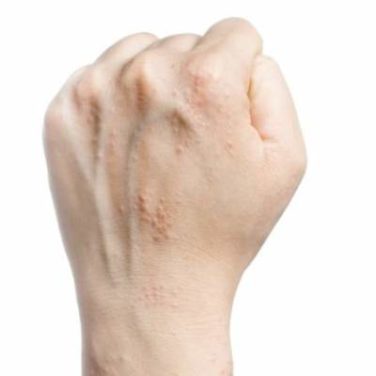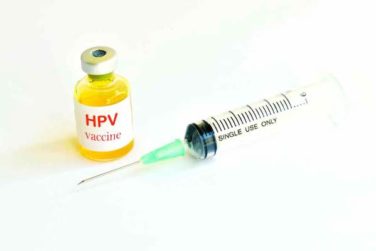If you do your recreational reading during your lunch break, you might want to skip this column and save it for later in the day because I’m going to be talking about snot … gooey, slimy, green, yellow, and even clear, runny snot. Children and snot go together like ham and eggs.
Although snot is as much a part of the normal maturation process as cutting and losing primary teeth, it suffers from a serious image problem. When we refer to a “snotty-nosed kid,” we aren’t just describing a child with an unappealing visage – we are suggesting that he has a personality problem and an unpleasant demeanor. But, this characterization is unfairly inaccurate because during the winter months, it seems that 90% of the children under the age of 3 years have runny, snotty noses. Most of them continue to be cute and have endearing personalities despite the river of mucus cascading down over their upper lips.
Adults may complain of having a “runny nose,” but they would never admit to having a “snotty nose.” Does something magically happen at puberty so that the human body no longer manufactures snot? No, it is all about appearances. Adults have learned strategies for keeping snot off their faces. They carry handkerchiefs in their pockets or wads of facial tissue stuffed up a sleeve.
But little children don’t care how they look. Like tears, snot emerges on their faces at body temperature. It doesn’t feel uncomfortable and when it drips from their upper lips and lands on their tongue, it doesn’t taste unpleasant. Little children don’t have important paperwork that might be spattered with dripping snot nor do they have computer keyboards or touch screens to be besmirched (or at least they shouldn’t have).
The fact is that adults, especially parents, don’t like the look of snot dripping from anyone’s nose. They don’t even like the sound of it gurgling around that might signal the appearance of a disgusting rivulet. I recently learned from an article in the Wall Street Journal ( “Clear Baby’s Stuffy Nose,” by Laura Johannes, Feb 2, 2015) about two new products that promise parents a new tool to deal with this natural substance that they find so repulsive. Both gadgets incorporate a mouthpiece and tube with which the parent or caregiver sucks the snot out of the child’s nose into a reservoir. Although each system is fitted with a filter of sorts, I doubt you will find many nonparental caregivers logging on to watch the instructional videos.
A small study reported by one of the manufacturers claims that parents felt that their children were less congested and slept better when they used these “snotsuckers.” Of course, there was no control group. I suspect that neither apparatus would be any more effective that the old blue, green or brown suction bulb that seems to magically emerge from the womb immediately after the baby and before the placenta. At least I’ve always assumed that’s where they came from because one always appeared on the warming /resuscitation table wrapped in the same towel as the baby.
These little one-piece wonders with no moving parts to malfunction or detach are all one needs to remove snot … that is, if it needs to be removed. The problem with rubber bulbs is that if used too often they can cause irritation of the nares. However, it you can convince parents to use a bulb only when the child is experiencing some trouble breathing, this complication is usually avoided. The challenge is getting parents to ignore their natural revulsion to seeing or even hearing snot. Trying to make their child’s face a snot-free zone will make the child’s nose a bloody painful mess.
The same challenge will confront you if you suggest to parents that their child will be more comfortable if they wipe his runny nose as infrequently as possible. It seems too counterintuitive that the best option for the child is to let the snot dry on and soak it off with warm water at lunch, bedtime, and of course, just before Skyping with Grandma.
Dr. Wilkoff practiced primary care pediatrics in Brunswick, Maine, for nearly 40 years. He has authored several books on behavioral pediatrics, including “Coping with a Picky Eater.” E-mail him at pdnews@frontlinemedcom.com. Scan this QR code to read similar articles or go to pediatricnews.com.




